Béla Király
The Hungarian general who led the 1956 revolt
Béla Király
1912–2009
For two weeks in 1956, thousands of Hungarians fought to overthrow their Soviet overlords, only to be crushed by tanks in the streets of Budapest. Their military leader was Maj. Gen. Béla Király, who later said that the failed uprising “was the start of the series of events—the end of communism—for which we had to wait another 33 years.”
The Week
Escape your echo chamber. Get the facts behind the news, plus analysis from multiple perspectives.

Sign up for The Week's Free Newsletters
From our morning news briefing to a weekly Good News Newsletter, get the best of The Week delivered directly to your inbox.
From our morning news briefing to a weekly Good News Newsletter, get the best of The Week delivered directly to your inbox.
“Király’s life in the army began almost by accident,” said the London Independent. Unable to afford veterinary school, he entered the service in 1930 and graduated in the top 5 percent at the Ludovika Military Academy, where he “developed a passion for organization, chains of command, and troop maneuvers.” During World War II, he served under Hungary’s pro-Nazi government, but disobeying orders, he outfitted 400 Jewish slave laborers with proper army uniforms against the winter weather. At war’s end he surrendered and was exiled by the victorious Red Army to Siberia. “But Király and several of his comrades managed to jump off the train carrying them to Russia.” Király later joined the Communist Party and rose quickly, only to be sentenced to death on trumped-up espionage charges in 1951. He was released in October 1956, just as popular unrest toward Hungary’s Soviet puppet government was swelling.
When the regime collapsed, “the new prime minister, Imre Nagy, called on Király to unify disparate Hungarian security forces into a cohesive National Guard,” said the London Daily Telegraph. In late October and early November, he tried to rally some 30,000 Hungarian troops and 26,000 insurgents. But he knew the cause was hopeless and watched helplessly as 100,000 Soviet soldiers and 4,500 tanks quickly annihilated his forces. Nagy and his cohorts were executed, but Király managed to flee, “first to Austria and then to America.” There he earned a Ph.D. in history at Columbia University and taught military history at Brooklyn College.
Király was celebrated in exile as a resistance hero. In 1989, as communism collapsed across Eastern Europe, he returned to Hungary to speak at the reburial of Nagy in a ceremony attended by 100,000 people. The following year he was elected to Parliament. Király spoke often of the abortive revolution, usually downplaying his role. “To tell the truth, there was no central command,” he said. “The commander in chief of the freedom fighter forces was an idea. Freedom, liberty, was the idea. Everyone fought for that.”
A free daily email with the biggest news stories of the day – and the best features from TheWeek.com
-
 Is Europe finally taking the war to Russia?
Is Europe finally taking the war to Russia?Today's Big Question As Moscow’s drone buzzes and cyberattacks increase, European leaders are taking a more openly aggressive stance
-
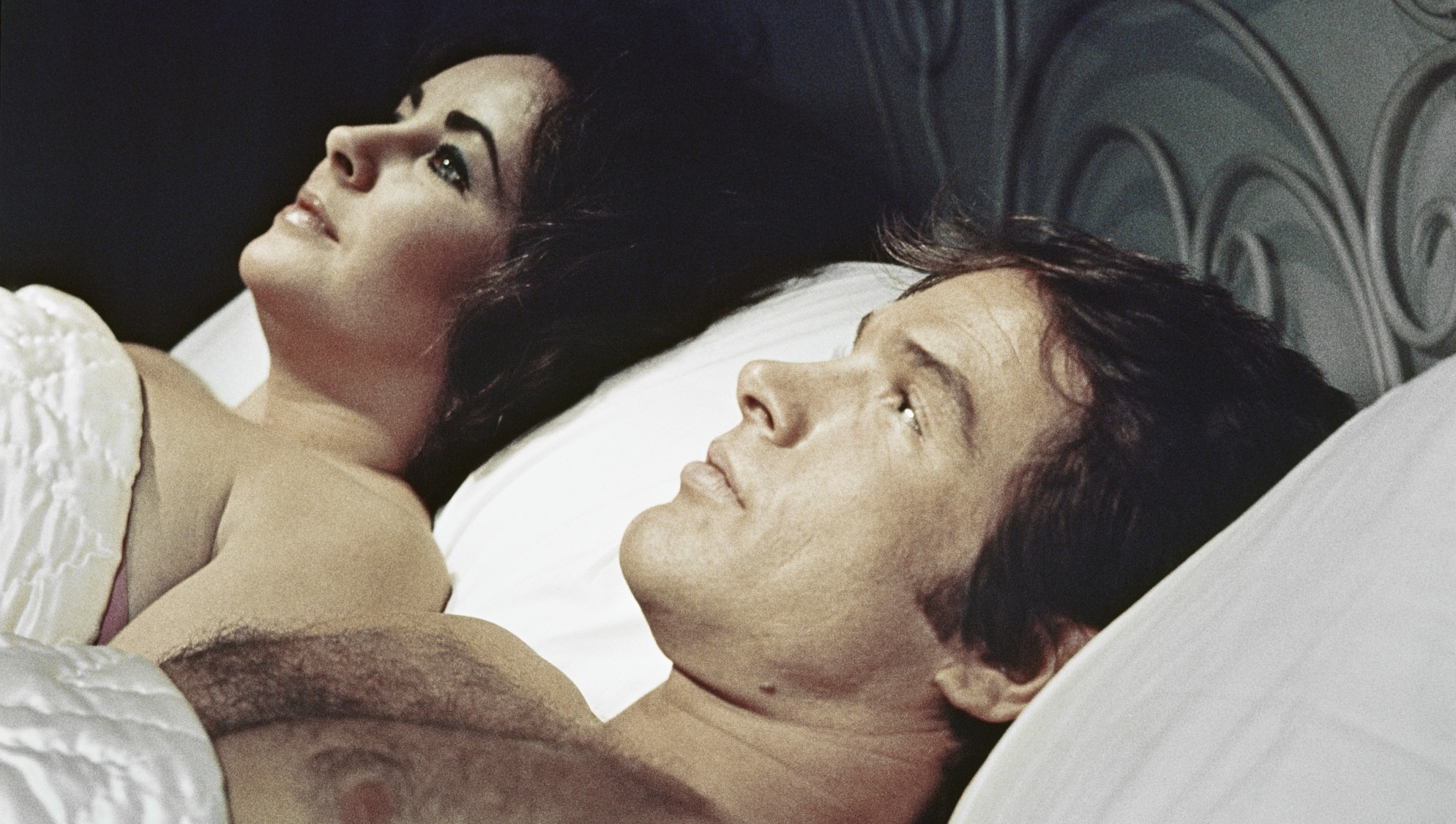 How coupling up became cringe
How coupling up became cringeTalking Point For some younger women, going out with a man – or worse, marrying one – is distinctly uncool
-
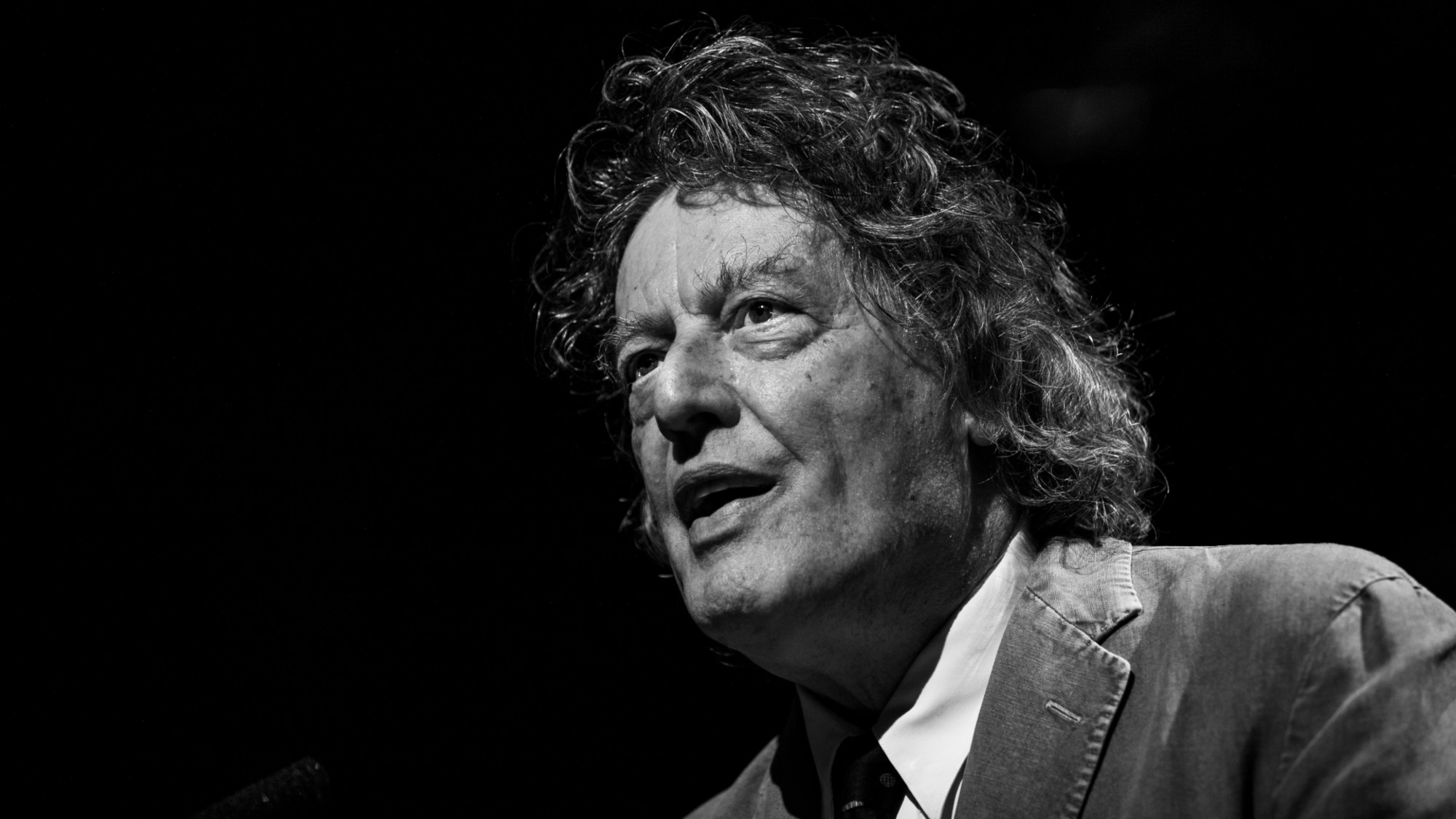 The rapid-fire brilliance of Tom Stoppard
The rapid-fire brilliance of Tom StoppardIn the Spotlight The 88-year-old was a playwright of dazzling wit and complex ideas
-
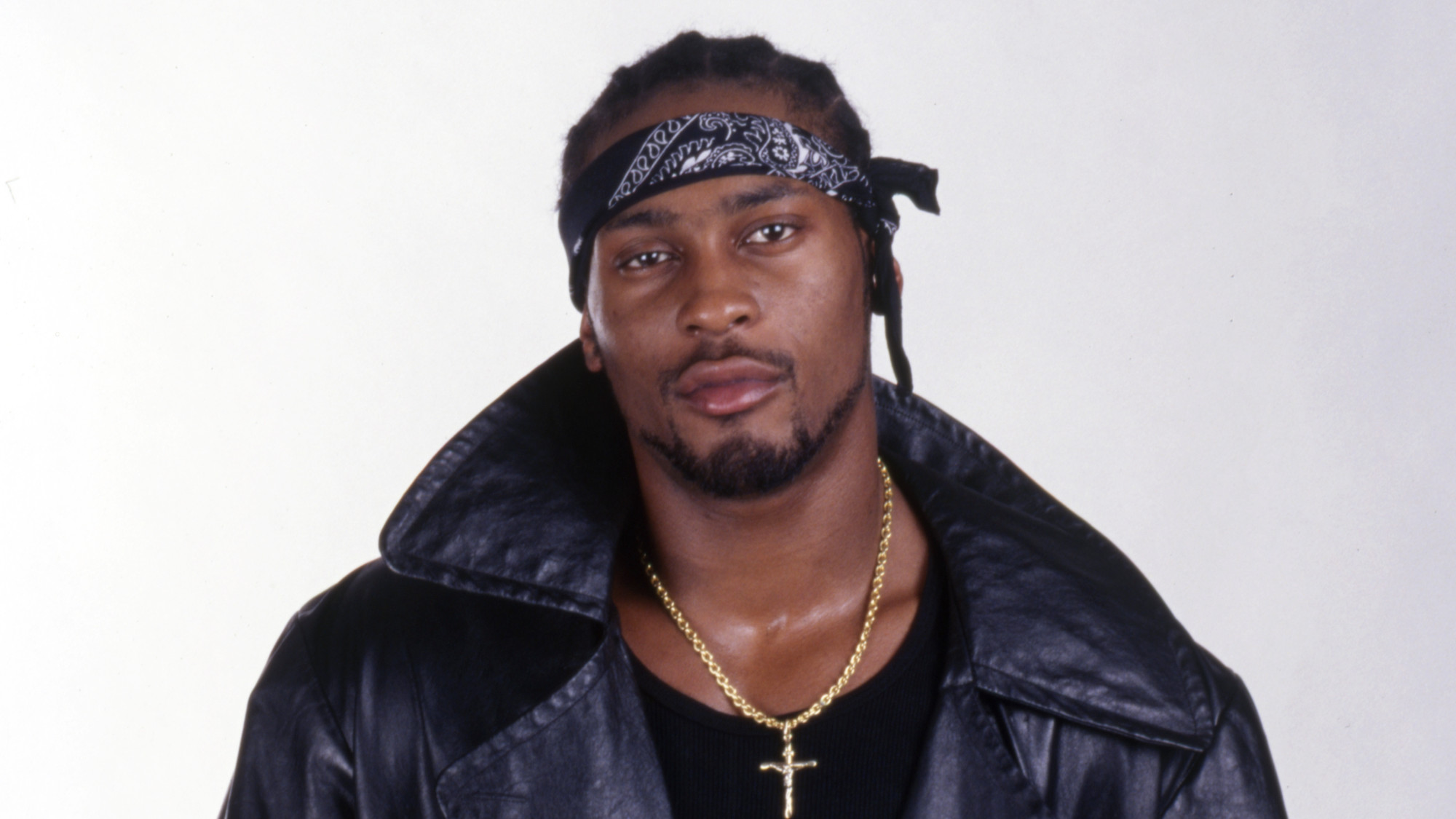 R&B singer D’Angelo
R&B singer D’AngeloFeature A reclusive visionary who transformed the genre
-
 Kiss guitarist Ace Frehley
Kiss guitarist Ace FrehleyFeature The rocker who shot fireworks from his guitar
-
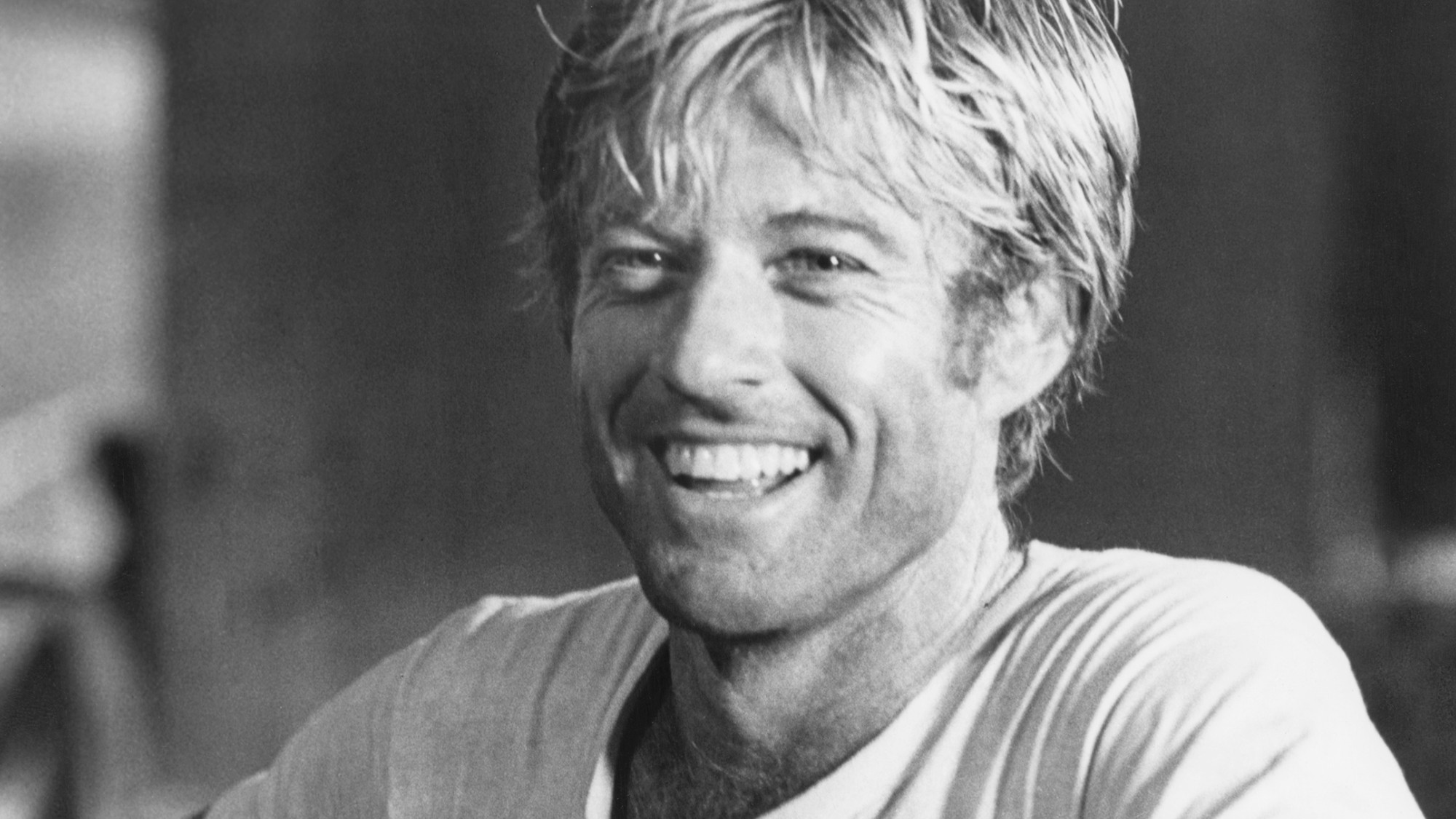 Robert Redford: the Hollywood icon who founded the Sundance Film Festival
Robert Redford: the Hollywood icon who founded the Sundance Film FestivalFeature Redford’s most lasting influence may have been as the man who ‘invigorated American independent cinema’ through Sundance
-
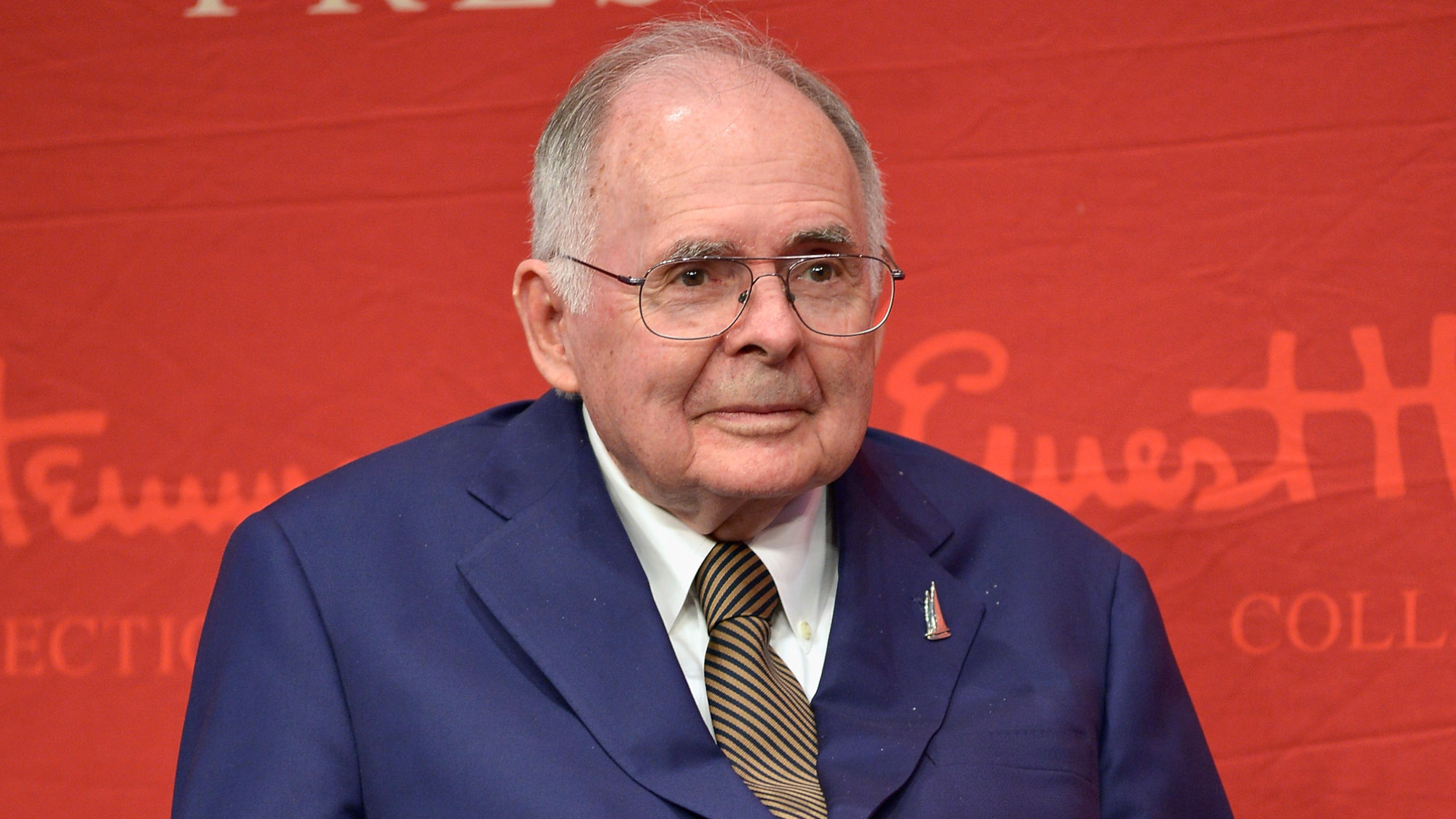 Patrick Hemingway: The Hemingway son who tended to his father’s legacy
Patrick Hemingway: The Hemingway son who tended to his father’s legacyFeature He was comfortable in the shadow of his famous father, Ernest Hemingway
-
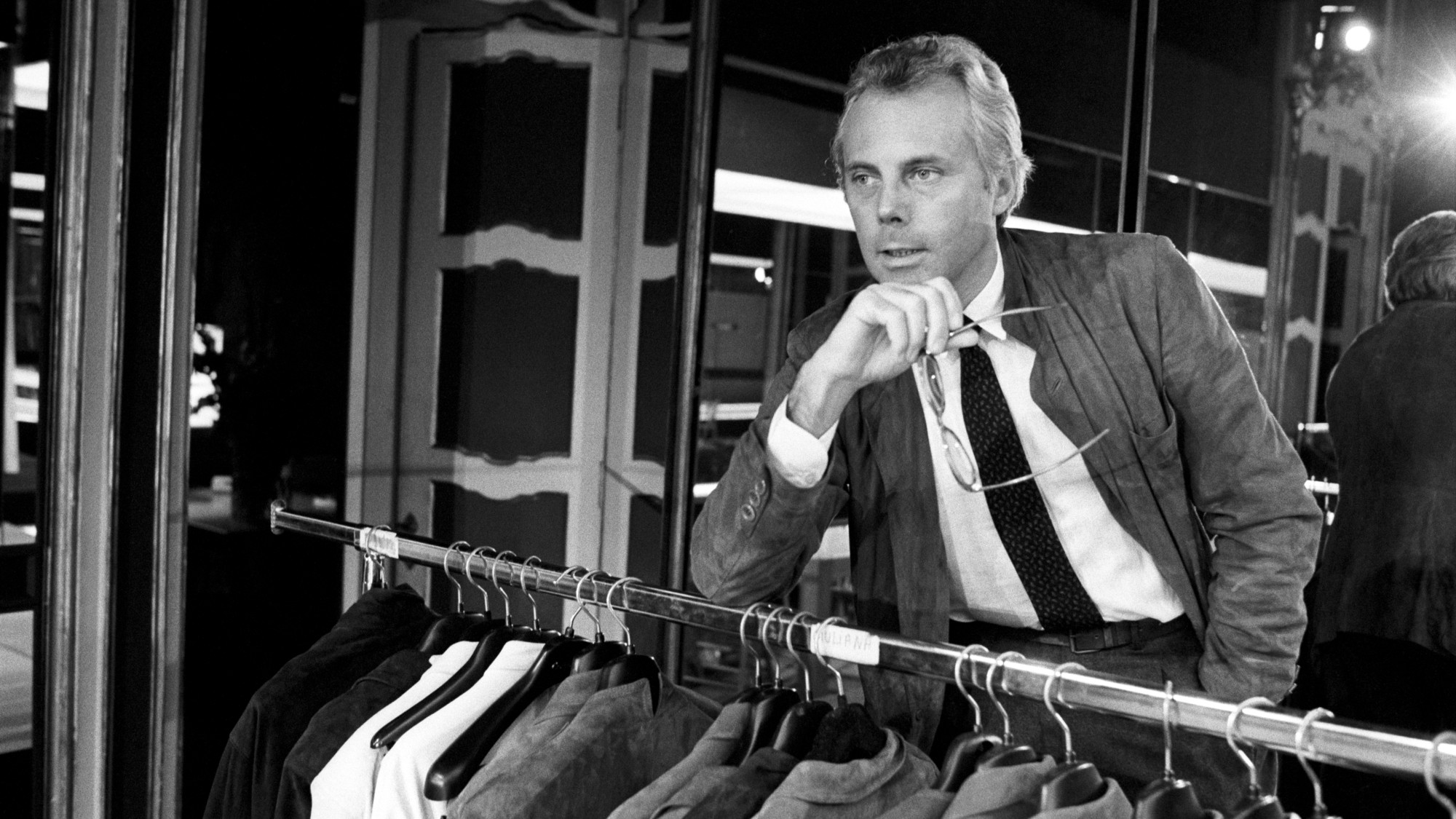 Giorgio Armani obituary: designer revolutionised the business of fashion
Giorgio Armani obituary: designer revolutionised the business of fashionIn the Spotlight ‘King Giorgio’ came from humble beginnings to become a titan of the fashion industry and redefine 20th-century clothing
-
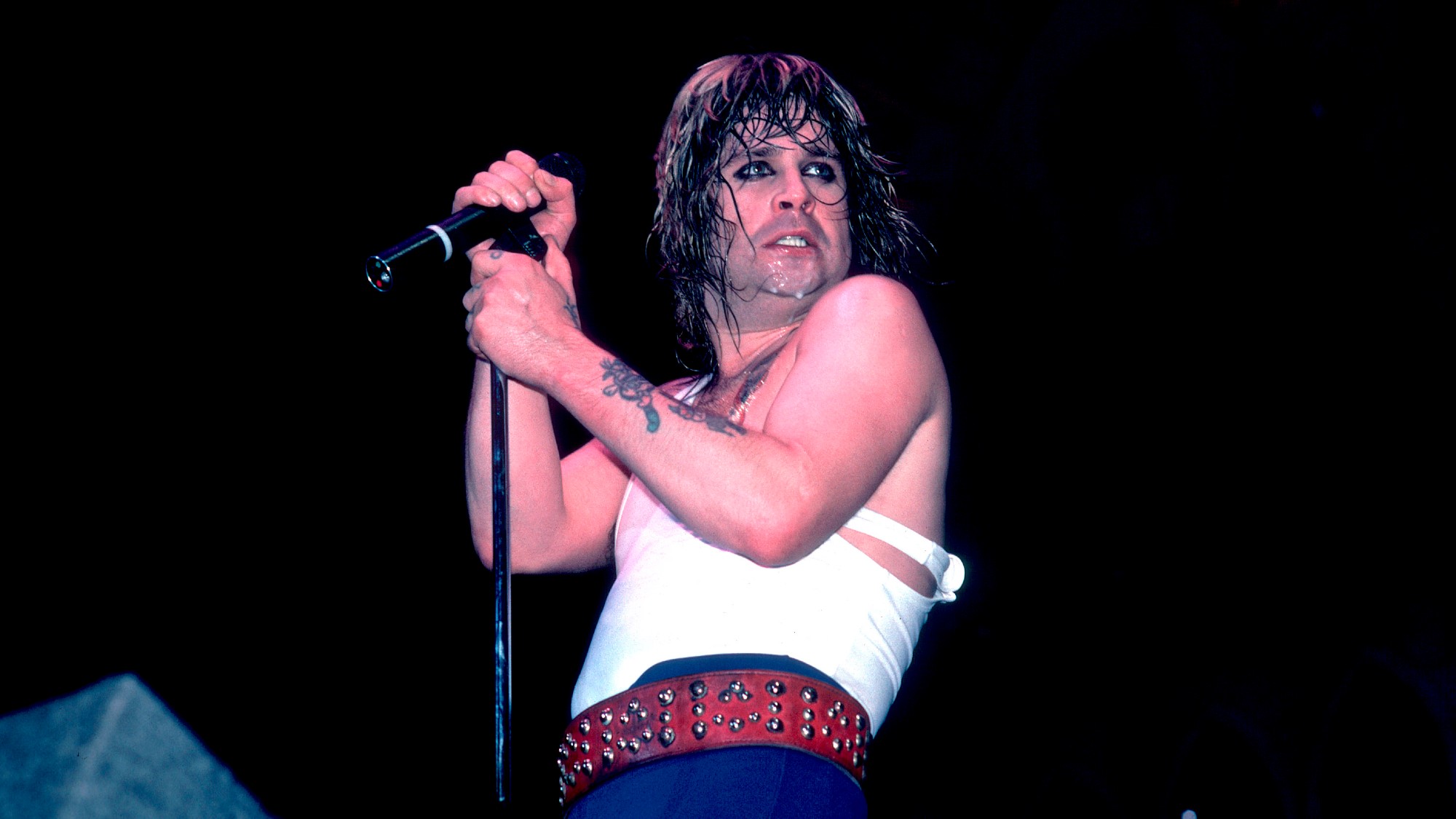 Ozzy Osbourne obituary: heavy metal wildman and lovable reality TV dad
Ozzy Osbourne obituary: heavy metal wildman and lovable reality TV dadIn the Spotlight For Osbourne, metal was 'not the music of hell but rather the music of Earth, not a fantasy but a survival guide'
-
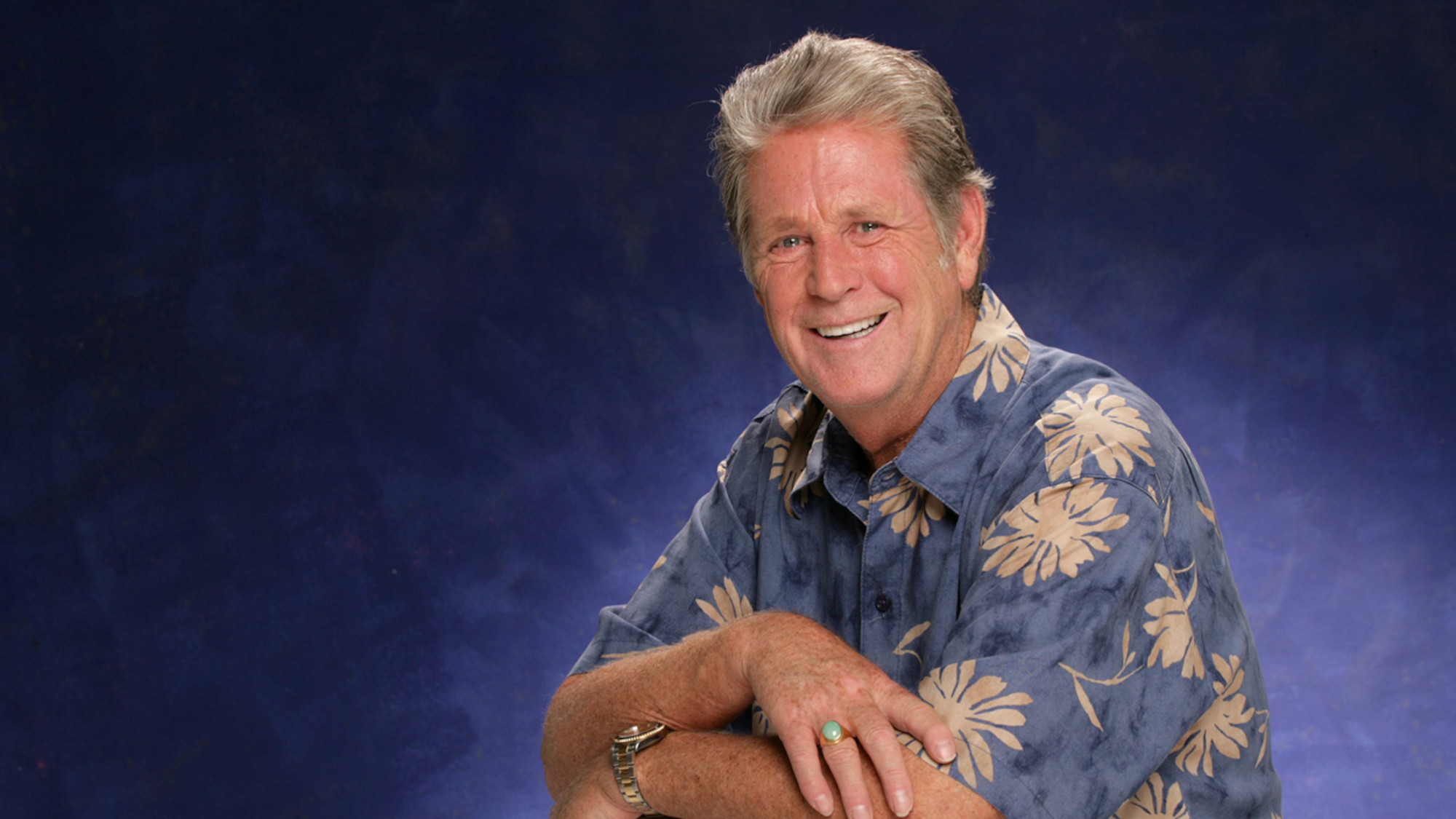 Brian Wilson: the troubled genius who powered the Beach Boys
Brian Wilson: the troubled genius who powered the Beach BoysFeature The musical giant passed away at 82
-
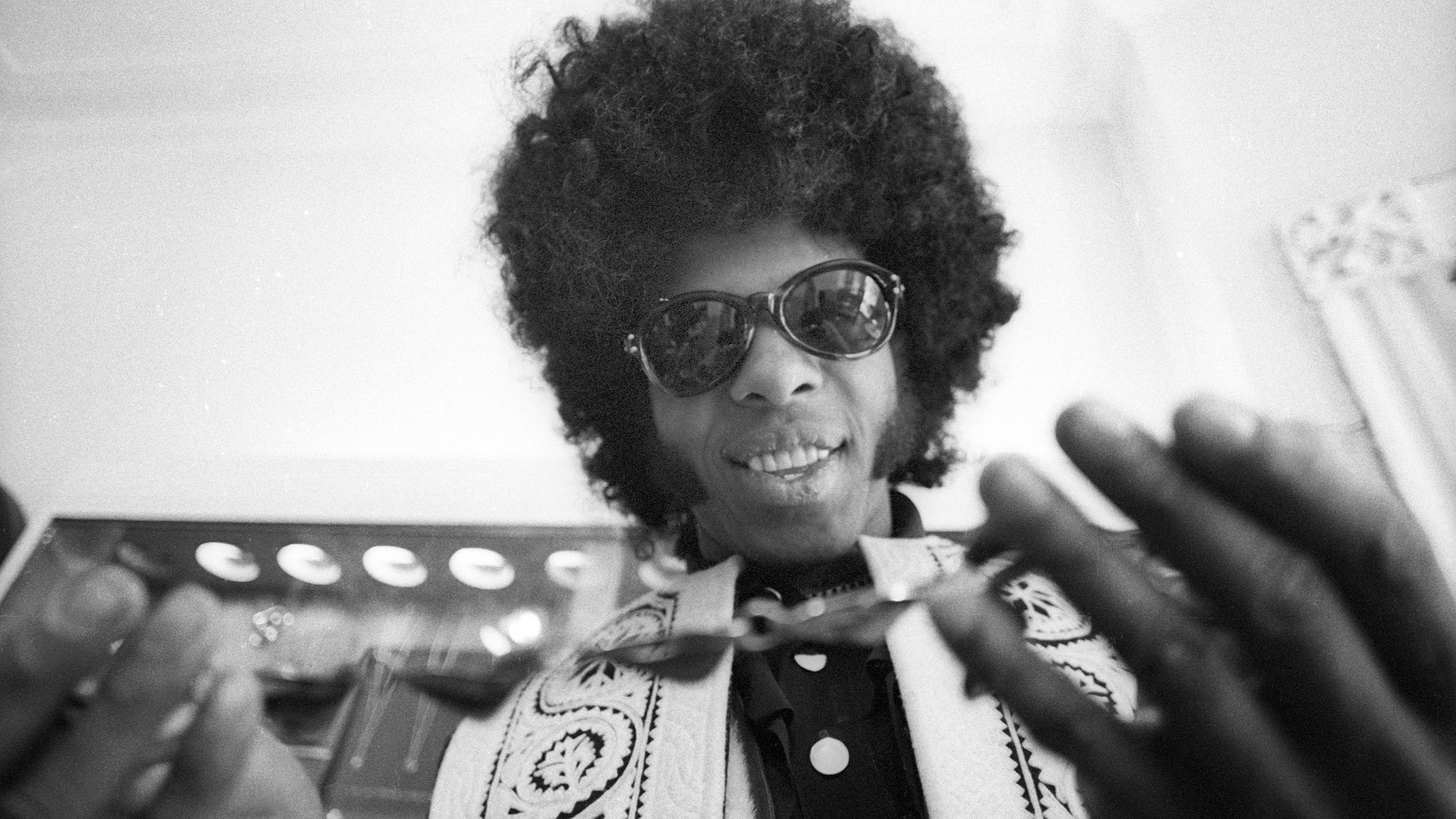 Sly Stone: The funk-rock visionary who became an addict and recluse
Sly Stone: The funk-rock visionary who became an addict and recluseFeature Stone, an eccentric whose songs of uplift were tempered by darker themes of struggle and disillusionment, had a fall as steep as his rise